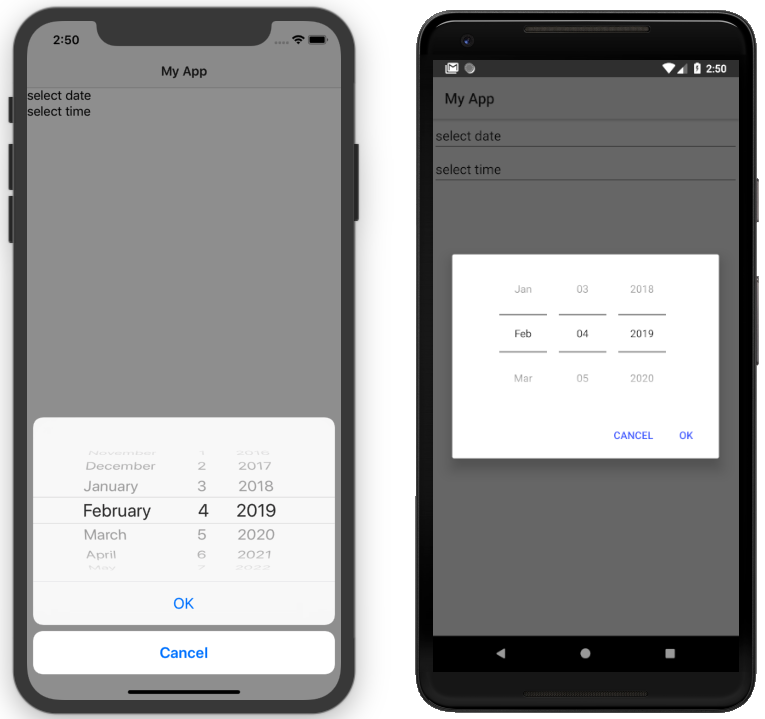
#chat/consumers.py from import User from. Handling Messages on the ServerĪdd the following to your JoinAndLeave class: The open_group button opens the group page that you will be creating soon. The action is either leave_group or join_group. In the payload, you specified the type as the action that you parsed from the value of the button that the user pressed. When a user clicks on a button the client calls the send_event_message function and sends the uuid value of the group to the server. User = get_user_model() class Group(models.Model): '''The group model where multiple users can share and discuss ideas''' uuid = models.UUIDField(default =uuid4, editable = False) name = models.CharField(max_length = 30) members = models.ManyToManyField(User) def _str_( self) -> str: return f"Group add_event_to_all_buttons() #chat/models.py from django.db import models from import get_user_model from uuid import uuid4 from django.urls import reverse # Create your models here. (More on channel layers soon.) Building the Application Project SetupĬreate a working directory and cd into it. The communication between multiple consumers can be achieved via channel layers. A consumer is instantiated per each WebSocket connection from the client, and they persist until the web socket connection is closed.Ī consumer can also communicate with other consumers and multiple consumers can be part of a single channel group. The Channels package makes use of consumers (which are the equivalent of Django views). It also supports the Django Authentication and Session system. The Channels package supports the native synchronous nature of Django while still allowing you to write asynchronous code. Django Channelsĭjango-Channels, or simply Channels, is a python package that extends the web protocol supported for Django beyond HTTP to other web protocols like WebSocket, IoT, and Chat protocols etc. Unlike an HTTP connection, which is closed after a request is made and a response is recieved, a Websocket connection stays open and allows both the client and the server to continue sending messages. It is used in applications where real-time communication is needed like chatting applications and multiplayer games. The WebSocket protocol is a web protocol that allows bi-directional communication between the client ( web browser ) and the server over a single TCP connection. Experience working with the command line.To follow along with this tutorial you should have:


Django natice app wrapper code#
Write the client-side WebSocket code with the Websocket API.

Objectivesīy the end of the tutorial, you should be able to: The entire project is available on my Github. The application we will create will be a platform where users can join multiple pre-created groups and share ideas with members of the group.
Django natice app wrapper how to#
In this tutorial, we’ll learn how to build a real-time communication application with The Django Channels package and The WebSocket Protocol.


 0 kommentar(er)
0 kommentar(er)
